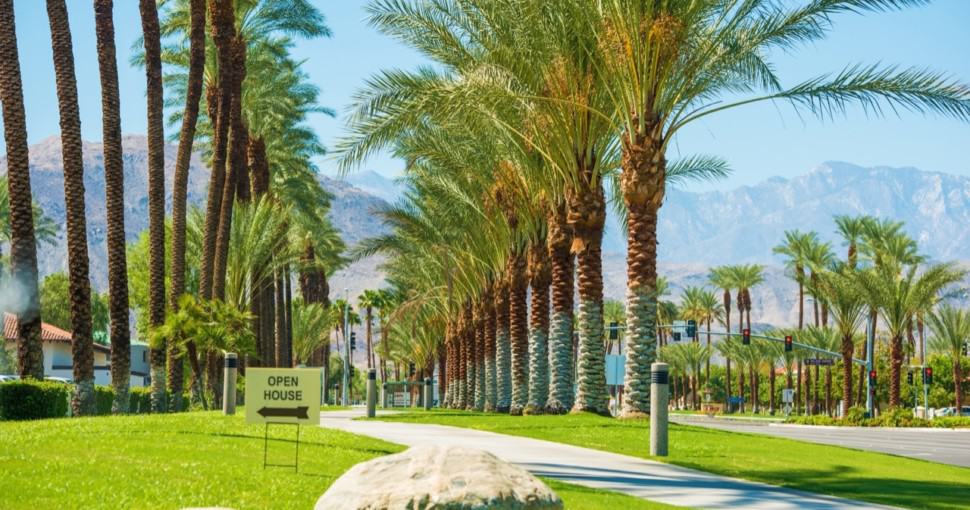The sunny state of California is home to a multitude of beautiful and lush trees, flowers, and grasses. The trees are known to be stunning, standing tall, and having a unique aesthetic. In fact, even the world’s tallest tree, the California redwood, can be found in the Golden State.
Contents
- 1. Valley Oak (Quercus lobata)
- 2. California Sycamore (Platanus racemosa)
- 3. California Black Walnut (juglans hindsii)
- 4. Fremont Cottonwood (Populus fremontii)
- 5. Oregon Ash (fraxinus latifolia)
- 6. Box Elder (acer negundo)
- 7. Gray Pine (pinus sabiniana)
- 8. California White Alder (alnus rhombifolia)
- 9. California Buckeye (Aesculus californica)
- 10. Willow (Salix)
- 11. Coast Redwood (sequoia sempervirens)
- 12. Santa Lucia Fir (abies bracteata)
- 13. Vine Maple (acer circinatum)
- 14. Water Birch (betula occidentalis)
- 15. Hackberry (Celtis reticulata)
- 16. Sargent Cypress (Cupressus sargentii)
- 17. Giant Sequoia (Sequoiadendron giganteum)
- 18. California Nutmeg (Torreya californica)
- 19. California Fan Palm (Washington filifera)
- 20. Joshua Tree (yucca brevifolia)
- 21. Western Redbud (Cercis occidentalis)
- 22. Carolina Holly (ilex ambigua)
California is a nature lover’s paradise because it is home to the world’s tallest tree and the biggest (with large diameters) and oldest trees. The trees in this State are certainly a testament to its time as they display rocky slopes, distinctive textures, and forms that took thousands of years to make.
One-third of the State’s total land is made up of forests which comprises the most popular trees such as the California redwood, California sycamore, California black walnut, maple, oak, Fremont cottonwood, and many more, including flowering tree varieties. Most of the forests have been preserved and turned into National Parks, which gives tourists easy access to visit and explore the stunning landscapes themselves. The State has the most amount of National Parks in the country.
The varied topography of California comprises mountain ranges and valleys. This is why the entire State also has mainly warm to hot climates that vary according to the distance from the Pacific Ocean.
This article will cover 22 of the most commonly found trees in the Golden State. It will also highlight their main features and what makes them unique along the way. Also read the most common trees in Los Angeles!
1. Valley Oak (Quercus lobata)
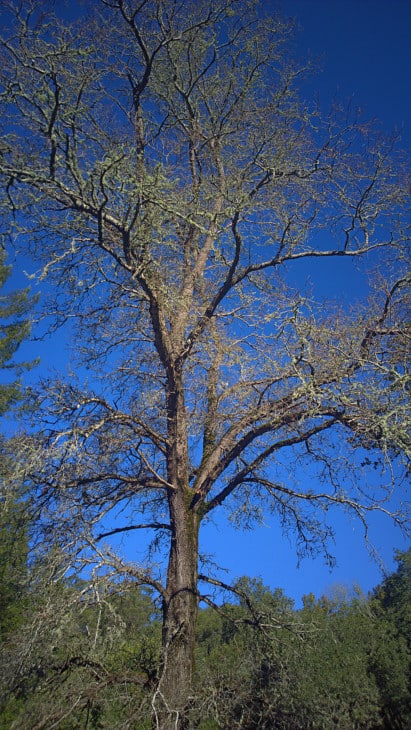
You can find the Valley oak over the hotter regions in California, and they tend to grow exponentially fast. They can reach 20ft in five years, 40ft in ten years, and 60ft in twenty years. Because of this, you might not find Valley Oaks in residential gardens. Like most Oaks, Valley Oaks can tolerate wildfires, though smaller ones may get killed.
The branches of this unique tree have an irregular and arching shape, and the leaves tend to be matte green. These leaves also have a soft and velvety texture since they are covered with soft fuzz.
2. California Sycamore (Platanus racemosa)
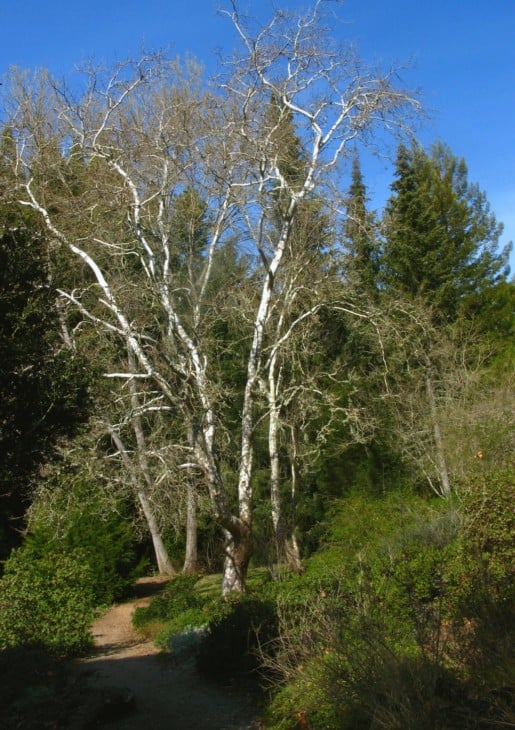
This is a large and tall tree that also has a fast growth rate like the Valley Oaks. For example, it grows to a height of 20-100ft and a spread of 40-70ft at maturity. For this reason, it is commonly found in larger landscapes. The tree can have multiple trunks, though older ones tend to have one large trunk.
The tree produces tiny green leaves that tend to turn yellow during spring. It also makes hairy, dry, and soft brown balls that encase a small seed inside.
3. California Black Walnut (juglans hindsii)
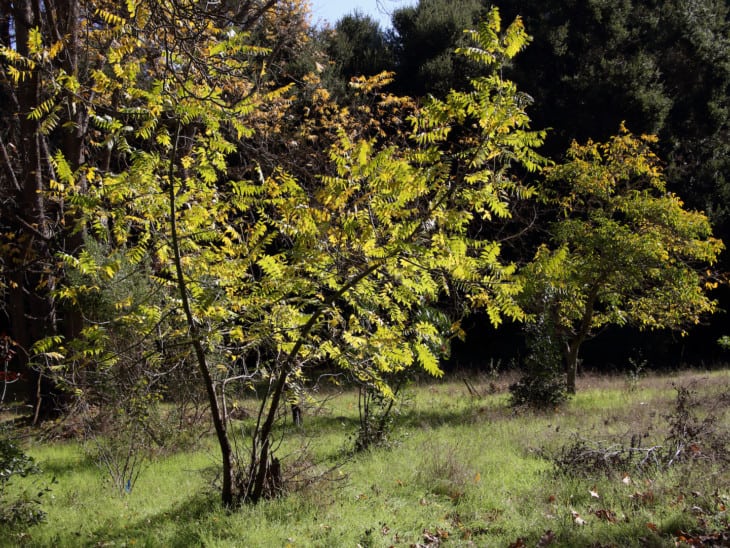
These large and looming trees can be found in the Fresno area extending towards the San Francisco Bay Area. The California Black Walnut has a height of 30 to 60ft and tends to have one single trunk.
Because of how hard and strong the wood from this tree is and its beautiful grain textures, it is commonly used to build furniture and gunstocks.
4. Fremont Cottonwood (Populus fremontii)
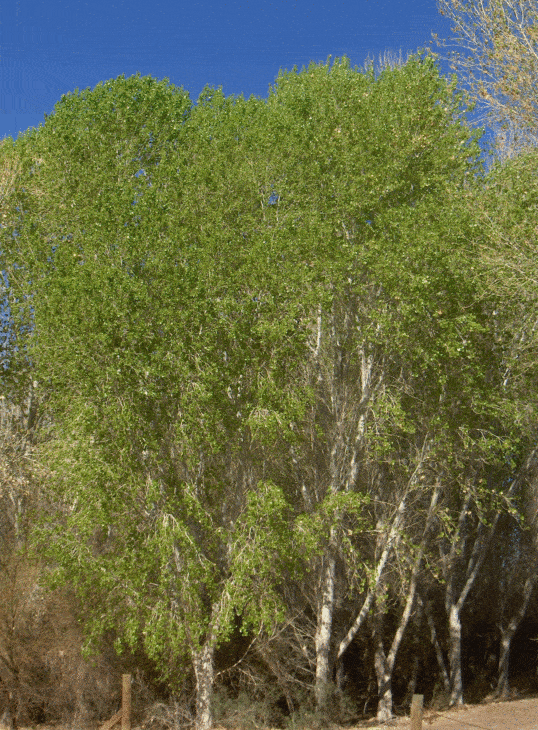
This tree is cottonwood native to North America and is primarily grown in wetlands and near rivers or lakes. This is categorized as a large tree that can grow up to 114ft tall and have a diameter of 1.5 meters. The fruit grown on the smooth trunk of the Fremont Cottonwood is described as being white, soft clumps. The leaves on this tree are heart-shaped and have faint white lines along with them.
5. Oregon Ash (fraxinus latifolia)
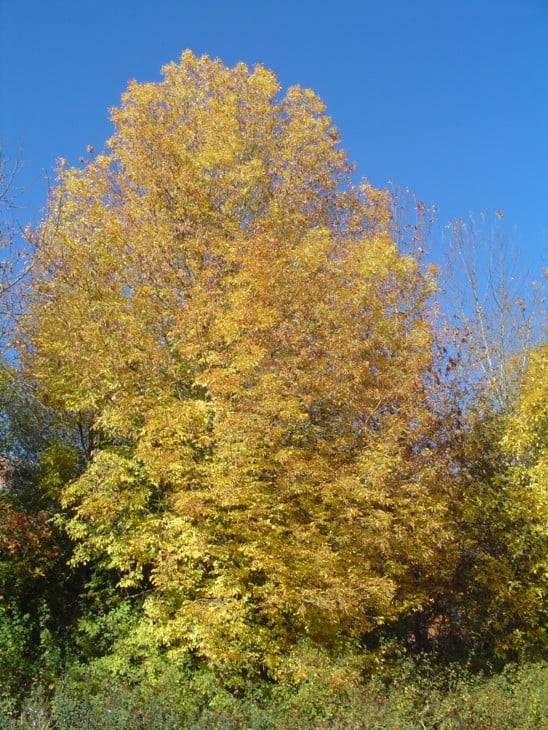
Much like the Fremont Cottonwood, even the Oregan Ash is grown in moist soils near streams and lakes. A good portion of California’s old trees is compromised of Oregon Ash trees because they can live up to 250 years. They also have a height of 60 to 80ft.
These trees also have short branches and compound leaves that are easy to identify and distinguish. The flowers are tiny and inconspicuous.
6. Box Elder (acer negundo)
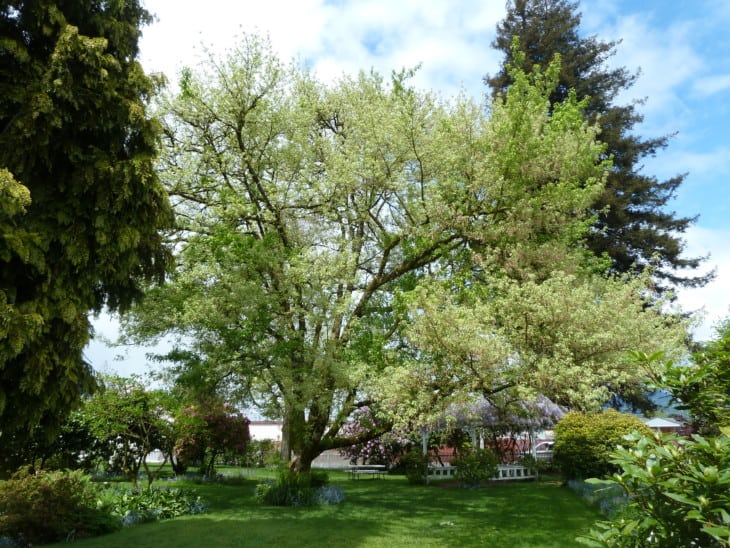
The Box Elder tree is also known as the Maple Ash and Boxelder Maple and is commonly found in San Diego County and the Central Valley. It also grows to a height of 35 to 66ft and a width of 40ft. Though the Box Elder tree is grown in streamside locations, it can develop tolerance to drought locations.
These trees tend to have short trunks and bushy crowns, as well as shiny and green twigs. They have long and smooth branches as well.
7. Gray Pine (pinus sabiniana)
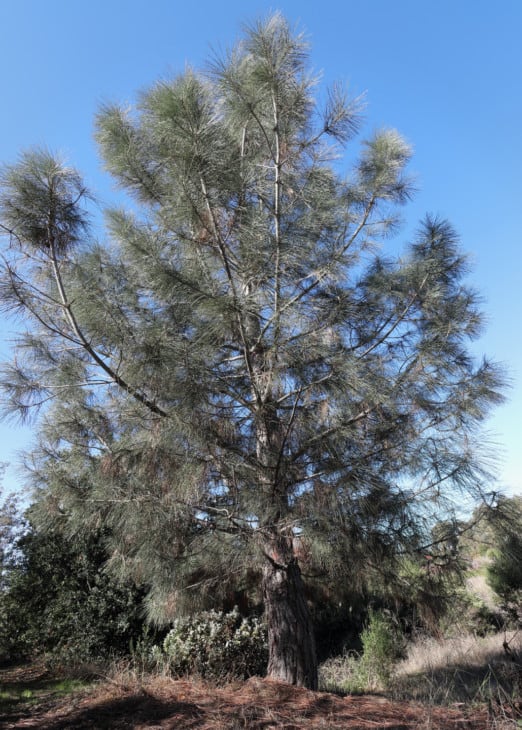
A unique tree coming from the family of pine trees, the Gray Pine are believed to live up to 200 years and can grow up to 80ft tall. The Gray Pine can be found in the Nevada area, thriving in rocky, well-drained soil. They tend to survive harsh conditions since they can live on 10 inches of rain per year.
However, the thin grey needles on the Gray Pine can help deflect heat, although they cannot survive wildfires. In fact, they can be highly flammable.
8. California White Alder (alnus rhombifolia)
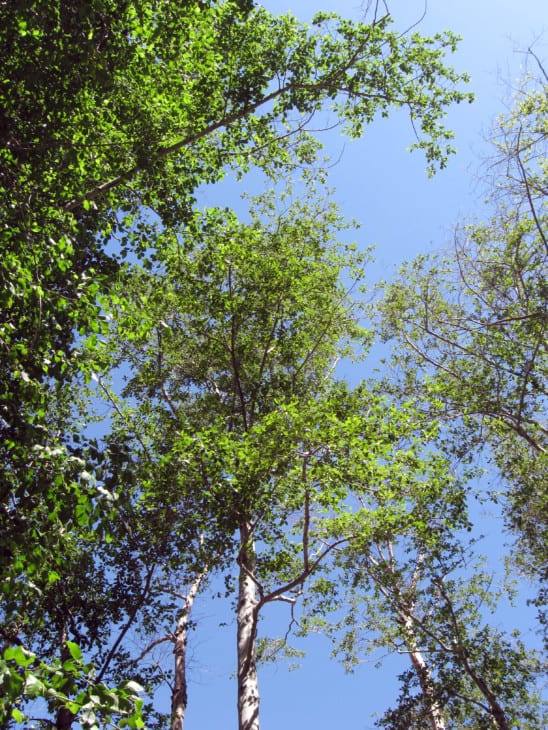
The California White Adler comes from the Betulaceae family. It tends to grow fast initially, but this growth slows down after it reaches 50ft. This tree is appealing in looks and plants to thrive in canyons with a lot of sun and water.
The color of the foliage on this tree is green and has a pleasant fragrance. For this reason, it attracts many birds and is the ideal tree for a bird garden.
9. California Buckeye (Aesculus californica)
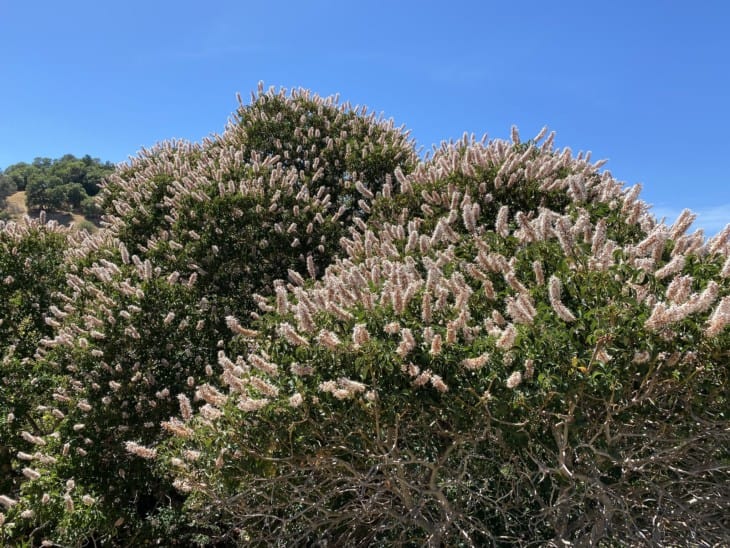
The California Buckeye tends to grow 10 to 20ft tall and has a spread of 30 feet. The tree is categorized by low branches, multiple trunks, and silvery barks. They are pretty visually appealing since they have a naturally rounded shape. The oval-shaped leaves on these trees tend to be a shade of deep green.
The seeds of the California Buckeye are poisonous to both animals and humans. The nectar on the flowers is excellent for hummingbirds but can be toxic for bees.
10. Willow (Salix)
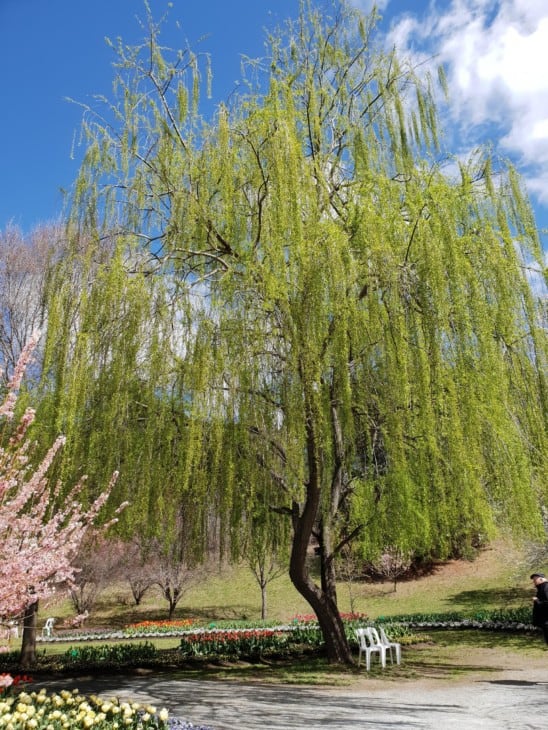
The willow trees and shrubs belong to the Salicaceae family. You can find up to 400 species of Willow trees, but they are most commonly found in colder regions with moist soils. However, most of these tend to be relatively short-lived as their life span is up to 70 years. Only a few live up to 100 years.
The willow tree bark tends to be grey in color and has a scaly texture, whereas the leaves are elongated and smooth.
11. Coast Redwood (sequoia sempervirens)
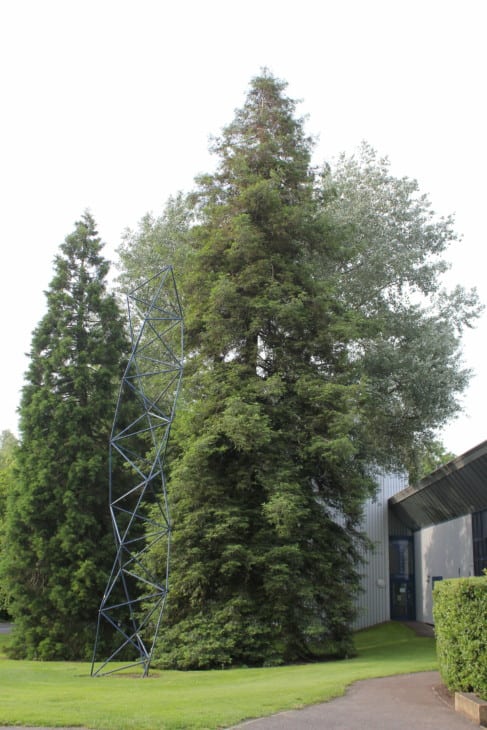
These are known as the tallest trees on this planet, which is why so many tourists from around the world visit the Sequoia National Park to witness their looming beauty. These can grow to 300 feet, while their root system is only 12 feet deep.
That’s not all; the Redwood tree is also one of the oldest in the world, believed to come into existence around the same time that dinosaurs did, that is, about 240 million years ago. The oldest living coast Redwood tree is known to be 2,200 years old, though foresters believe they could be older than that.
12. Santa Lucia Fir (abies bracteata)
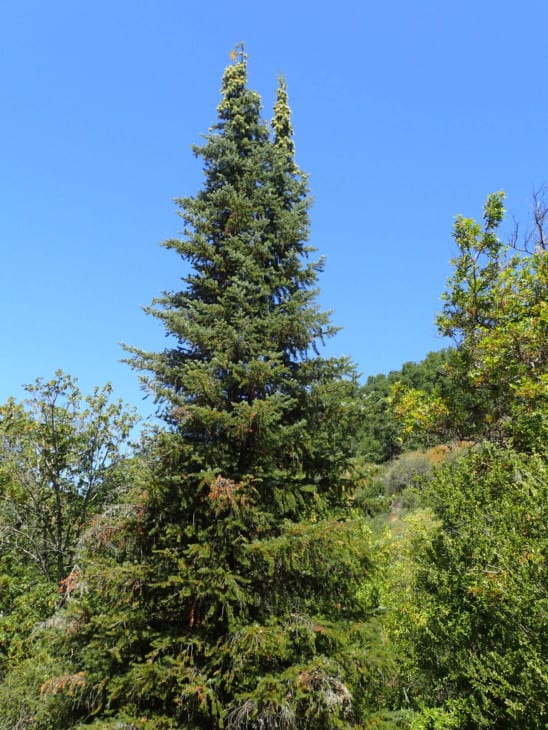
These trees are rare because you can only find them at the bottoms of rocky canyons in the Santa Lucia Mountains in California. They tend to be 66 to 180ft tall and have a slender and thin form.
The barks are brown, and their texture resembles wrinkles and fine lines on them. The unique needle-like leaves on the branches are bright green in color and tend to be hard and sharp.
13. Vine Maple (acer circinatum)
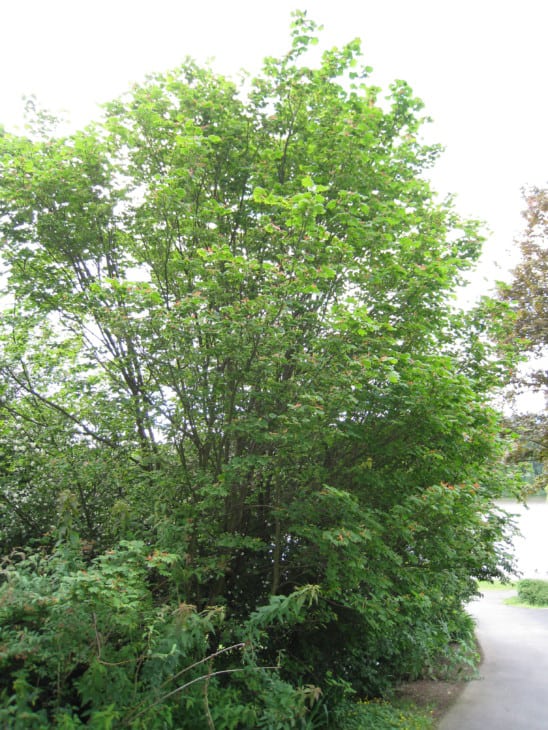
Although these are not exactly vine, they tend to have slender and sprawling branches. These trees are generally small and have shapes of shrubs, for example, between 10 and 20ft tall. You can find the Vine Maple trees along streams in Northern California, where the soil is moist.
The low-hanging and long branches of the Vine Maple are easy to trip over. Their leaves are also small and have a rounded shape.
14. Water Birch (betula occidentalis)
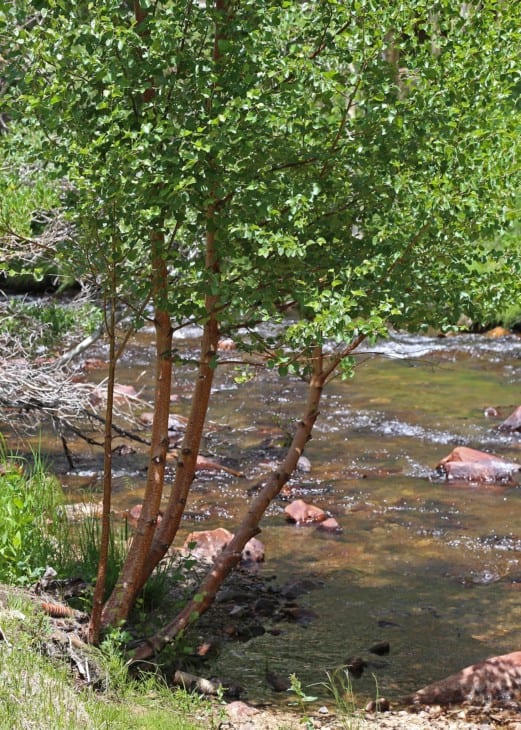
The Water Birch tends to thrive in acidic and moist to wet soils under full to partial sunlight. For this reason, you can find them grown in groups along rivers. They are categorized as being shrubby and short trees. Moreover, they are only 10 to 15ft tall but depending on the conditions. They can also grow as high as 50ft.
15. Hackberry (Celtis reticulata)
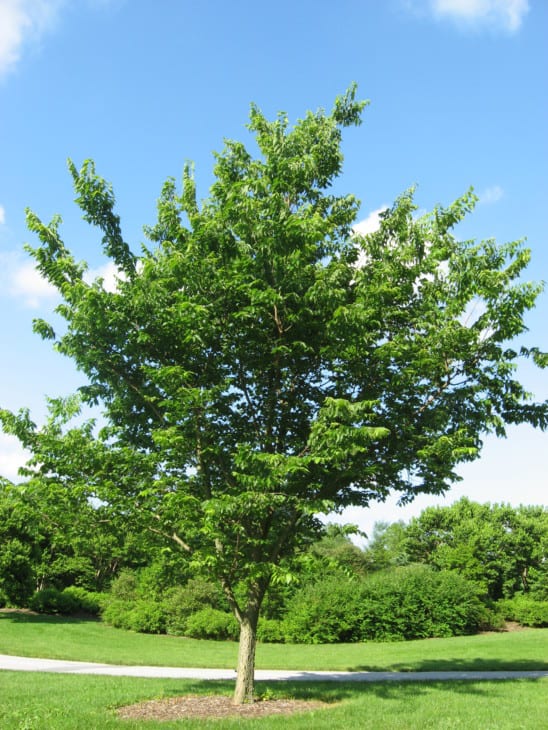
Usually a large shrub, but a small to medium-sized tree, the Hackberry tends to be 30ft tall usually, but can also be more elevated, about 50ft tall. They are slow-growing shrubs that have heart-shaped leaves that are rough in texture and bright colored. You can find the Hackberry trees in southern California.
16. Sargent Cypress (Cupressus sargentii)
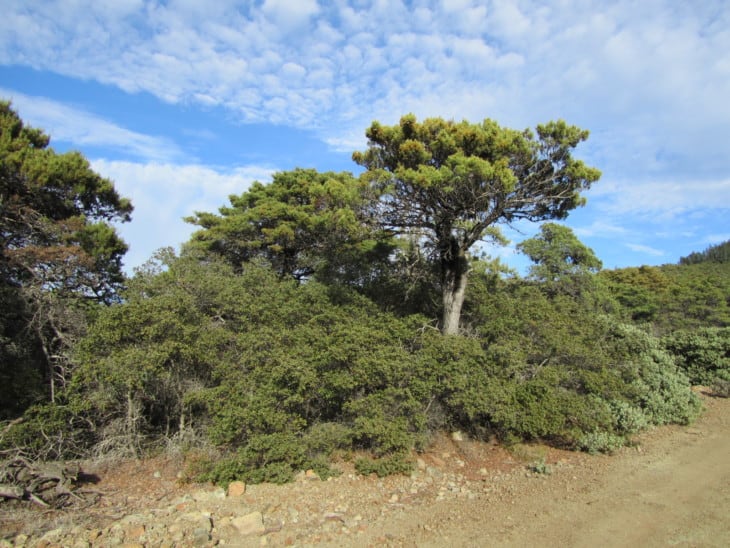
Often shrubby and small, the Sargent Cypress tree has rough bark. You can find them in coastal regions of California, generally around the Bay Area, and extended to Santa Barbara County. However, it is quite a drought-tolerant. It normally grows to 33 to 50ft tall. Sargent Cypress can grow cones in as early as six years of life.
17. Giant Sequoia (Sequoiadendron giganteum)
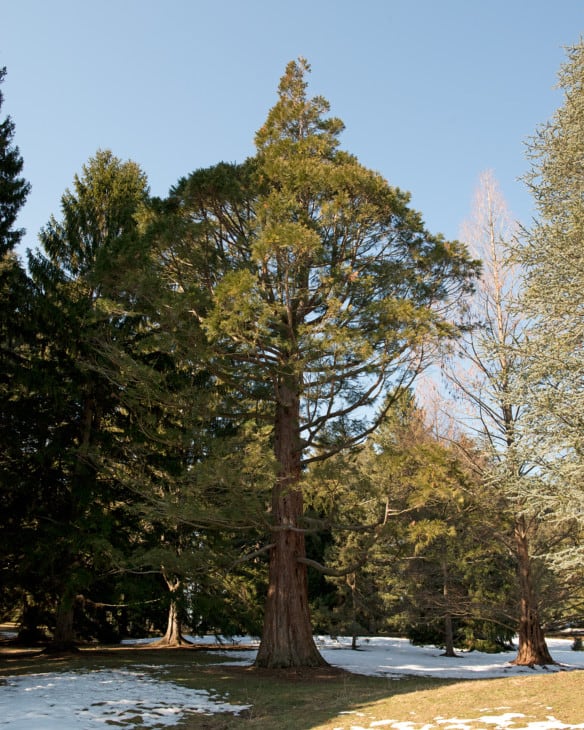
This is probably the most significant living thing on earth by volume. They can also live up to 3,000 years and have a circumference of 102ft. You can witness these giant trees at several national parks in the Golden State, including the Sequoia National Park and Sierra National Park.
The Giant Sequoia tends to live so long because they are resistant to diseases and can survive forest fires.
18. California Nutmeg (Torreya californica)
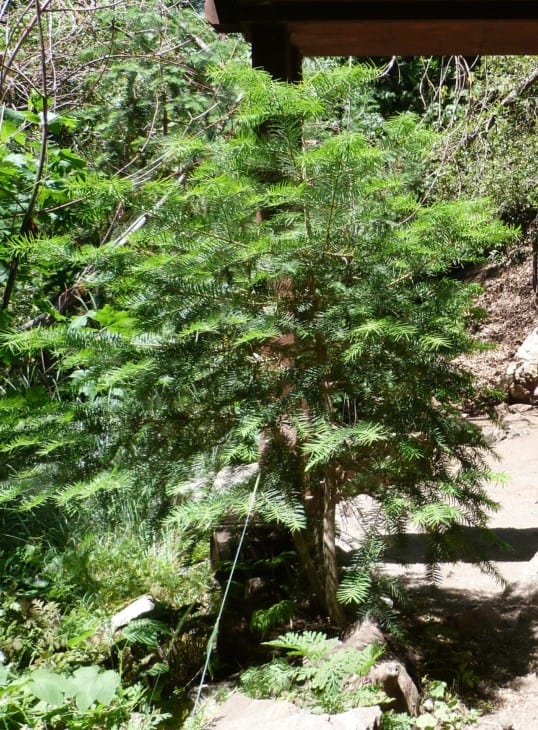
Also known as the stinking nutmeg and the California Torreya are only found in the Golden State of California. Grow up to a height of 80 feet. Though they have a pyramid shape when they are small, they tend to have a round shape as they mature. The dark green and needle-like leaves on the California nutmeg are eye-catching and have tapered and pointed ends.
19. California Fan Palm (Washington filifera)
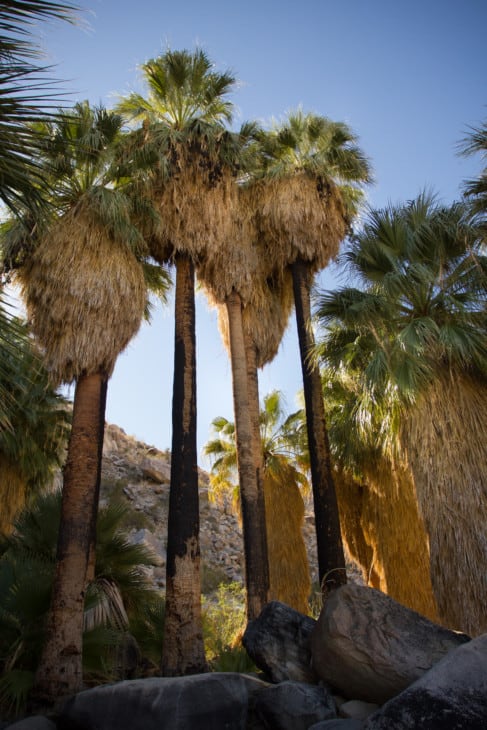
As the name suggests, these come from the Palm tree family. They have a height of 49 to 66ft tall and a width of 10 to 20ft. You can find the California Palm at Clark County in Nevada and the Death Valley. They prefer moderate to high soil moisture and tend to be very easy to take care of, which is why you can even grow them in residential areas.
20. Joshua Tree (yucca brevifolia)
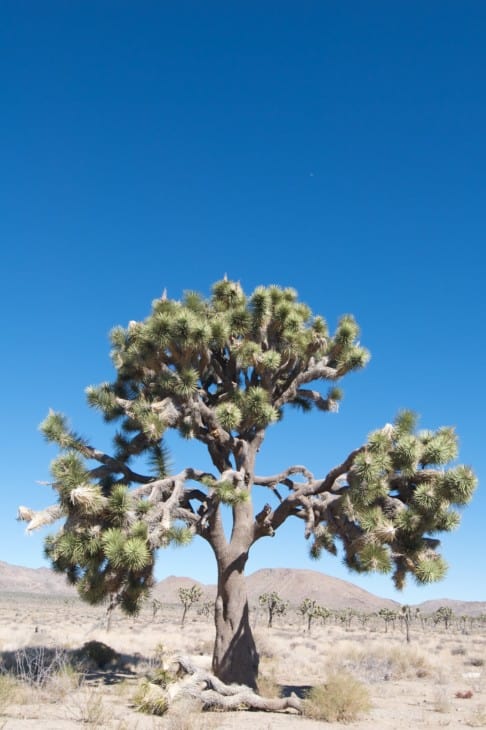
Although not exactly a tree but rather a large yucca, the Joshua tree is a unique and cartoon-like plant that cannot be compared to any other. They live for up to 150 years and can only be found in the Mojave Desert.
Additionally, they have a height of between 12 to 30ft and 1 to 3ft diameter. The Joshua tree provides food and habitat for many desert animals, including lizards, desert birds, and insects.
Related: Are Yucca Plants Poisonous?
21. Western Redbud (Cercis occidentalis)
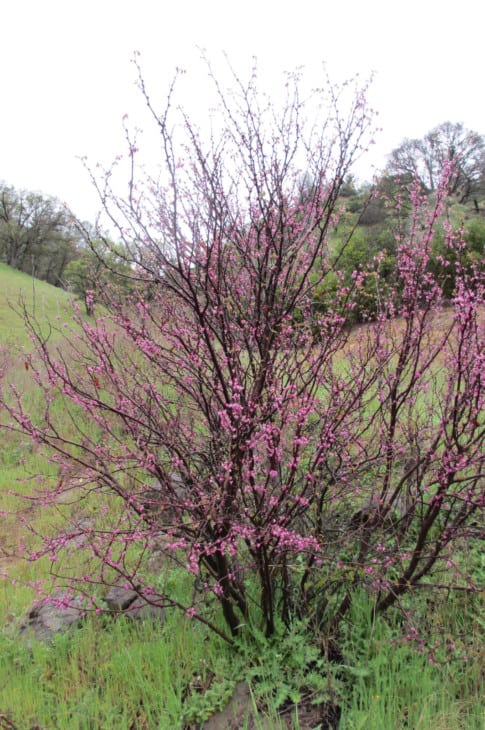
These are small trees and shrubs found in the foothills and mountains of the Golden State, where the soil is predominantly dry. The Western Redbud can be described as having thin and brown branches with heart-shaped leaves light green in color but darken with age.
You can easily grow this tree anywhere in Northern California near streams, rivers, and other bodies of water.
22. Carolina Holly (ilex ambigua)
A species of the flowering plant and the Carolina Holly family is a large shrub or small tree from the Holly family. It grows to only 20ft tall. The branches are dark brown or black and tend to get flaky as they mature. Some of these branches also have a thick coat of hair.
The Carolina Holly also has purple twigs. This tree produces a spherical red fruit containing seeds, which are typically consumed by animals.

